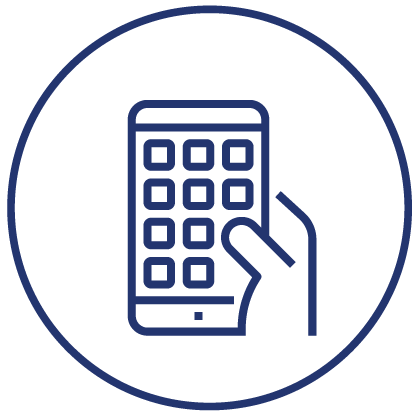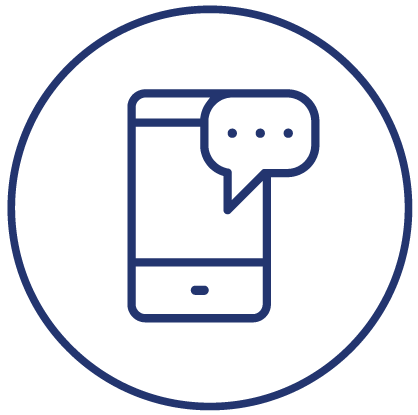
The utility industry is increasingly leveraging the capabilities of digital communication. Utility organizations are communicating via channels, such as email, mobile apps and online portals, which has become the norm these days. However, some utilities still cling to paper – for example, they send monthly bills by mail.
A decade ago, having a single digital communication channel – like a portal – was evidence of a utility forging into the future. Today,a multi-channel communication strategy for utilities is key.
Each digital communication channel is appropriate in unique circumstances, offers customers exclusive benefits, and is a building block towards a comprehensive and customer-friendly communication strategy.
Why multi-channel communications?
When the everyday customer engages with their utility, they expect the kind of experience they get from the likes of Apple, Amazon, and Google. This includes efficiency in operation, flexibility in choice, and mobility in moving between communication channels.
If a shopper adds a product to their Amazon shopping cart while browsing on their tablet, they know it’ll still be there when they access the site from their desktop computer (and they may even get an email reminding them about it!).
This is the reality of multi-channel browsing that the modern consumer expects, and utilities will see customer satisfaction increase when they replicate that experience. Unfortunately, though, J.D. Power surveys show that utilities actually rank among the lowest industry groups in creating relevant digital customer experiences.
To catch up with providers that have successfully integrated multi-channel digital experiences, utilities must utilize each channel based on its unique strengths.

Customers are often most comfortable with email being the first introduction to a utility’s digital communication strategy, as it can simply replicate what they were used to receiving in the mail.
Emails about new bills being available on the portal or important updates from utilities have become the standard and are expected by customers.
Going further, though, email should be viewed by utilities as the powerful channel that it is. Email works well for rich-content business-to-customer communications, such as secure documents, marketing campaigns, and detailed operational messages. Studies have also found that email is the best channel to utilize for building lasting and trusted relationships with customers.

Text Messaging
Text messaging, or SMS, is well-suited to send automated notifications and alerts on a regular basis, such as an alert that a bill is due or that energy use has increased higher than usual. It is also ideal for alerts that are intended to prompt an immediate response, such as one-time pins for security purposes.
Because most customers have their phones with them constantly, text messaging is also a great tool for time-critical communication that can’t wait for when a customer checks their email or logs in to the website.
Mobile Apps
Numerous utilities have also introduced mobile apps as an additional channel that operates similarly to a web portal. With apps, though, the information often has to be more abbreviated to be accessible and readable on a phone rather than a computer screen.
But, the same measures of privacy can be assured, and customers can benefit from the ability to access this information while on the go (e.g. checking if they need to pay a bill while on vacation).
Utilities might also see advantages to leveraging other apps customers already use, such as the WhatsApp chat app that can help manage customer service conversations.
Challenges in Practical Application
Like many industries, utilities must also overcome the challenge of different departments being in dedicated silos without adequate coordination. This affects communications, where different messaging and outreach efforts lack an integrated and optimized approach. This makes it challenging to create a seamless and consistent set of communications across channels.
Utilities can overcome this hurdle by re-evaluating the entire communications structure from all departments and through all messaging platforms and creating a seamless experience for the customer.
The utility-customer relationship was a simple transactional one for decades, which typically required only a monthly touchpoint for delivery and payment of the bill.
But, the modern utility wants to elevate their customer relationships to be seen as a partner, a trusted advisor, and an important member of the community. To achieve this, a multi-channel communication strategy is key. And creating a seamless experience as customers move between channels, is key to creating a great customer experience.















